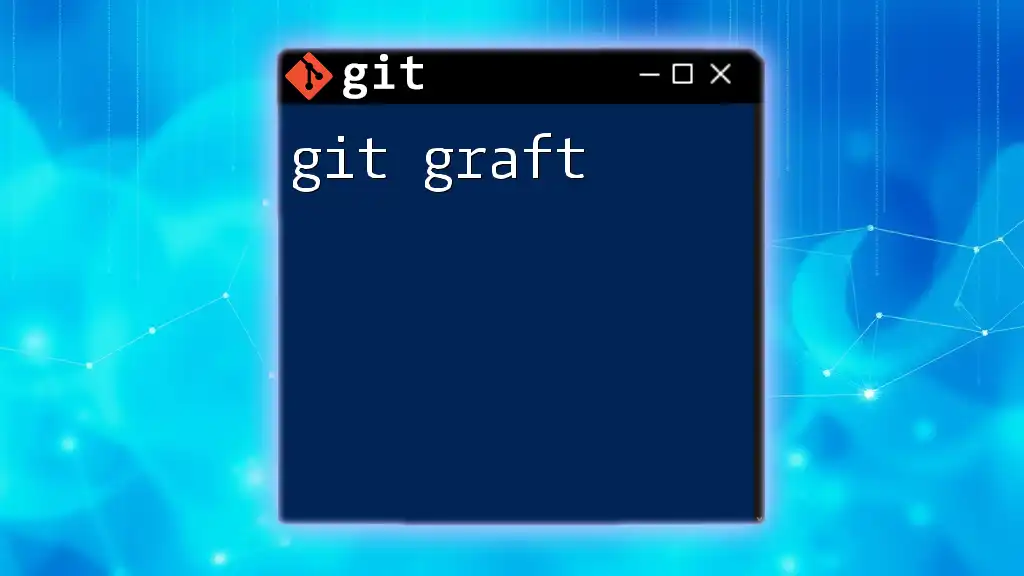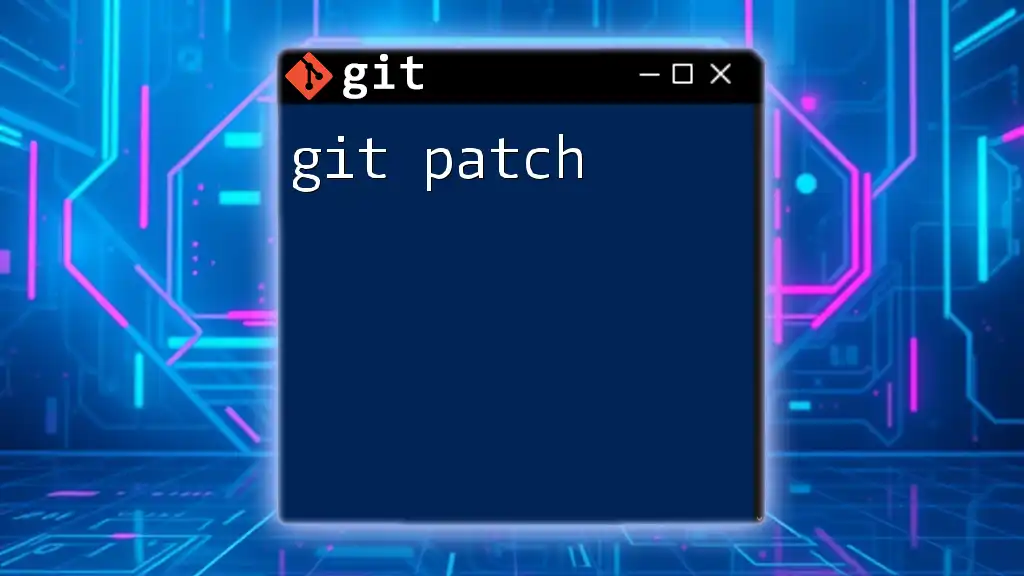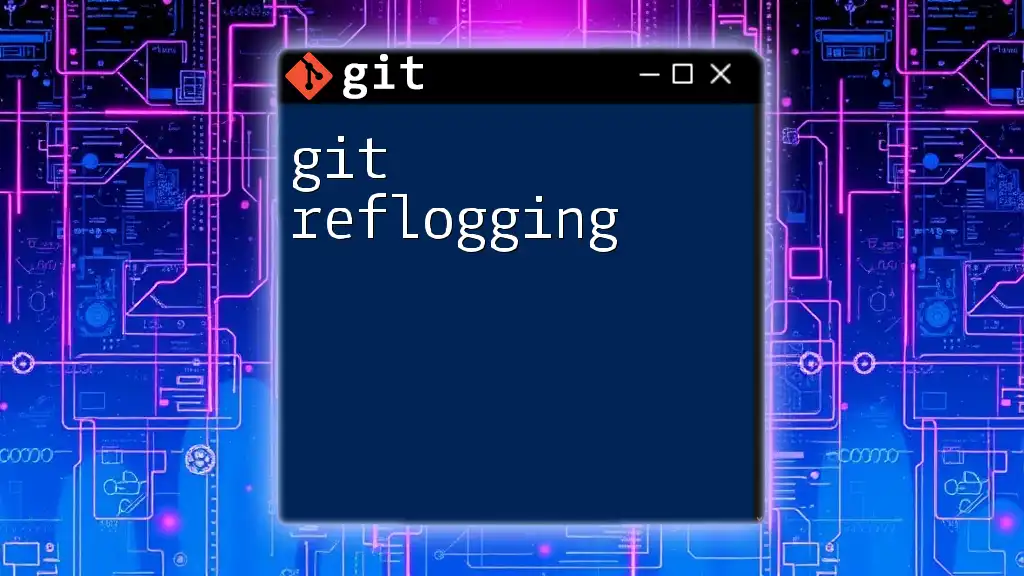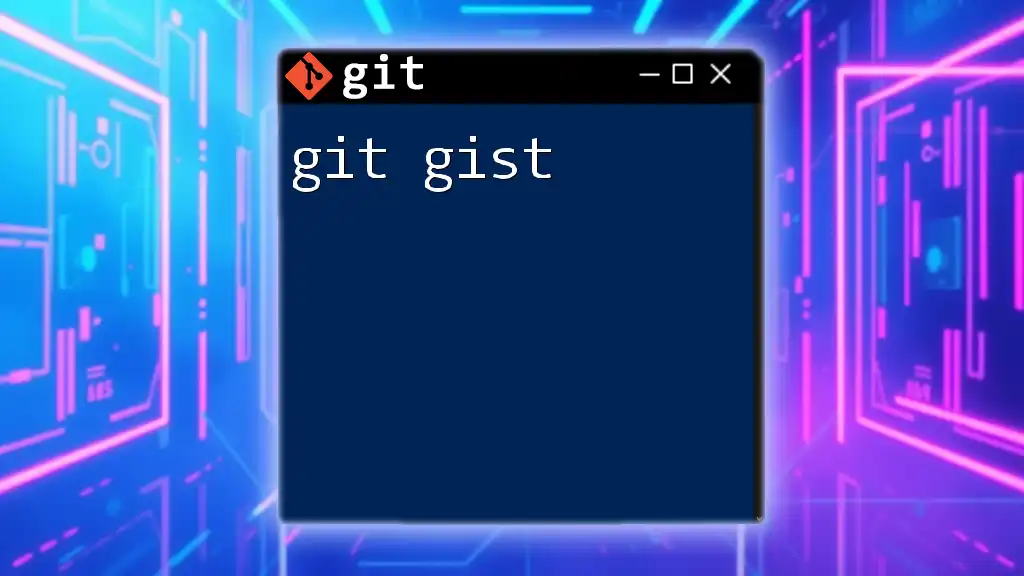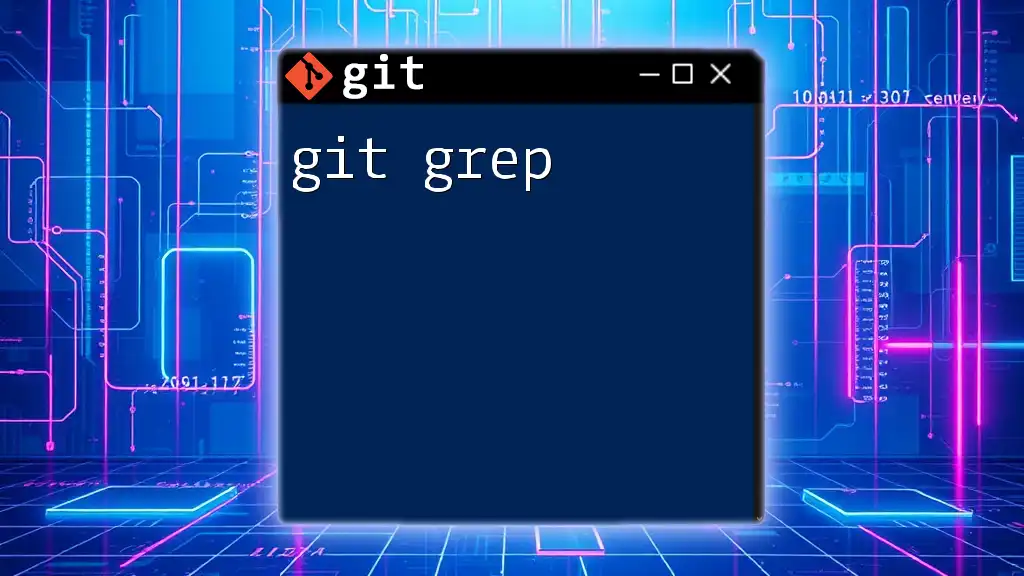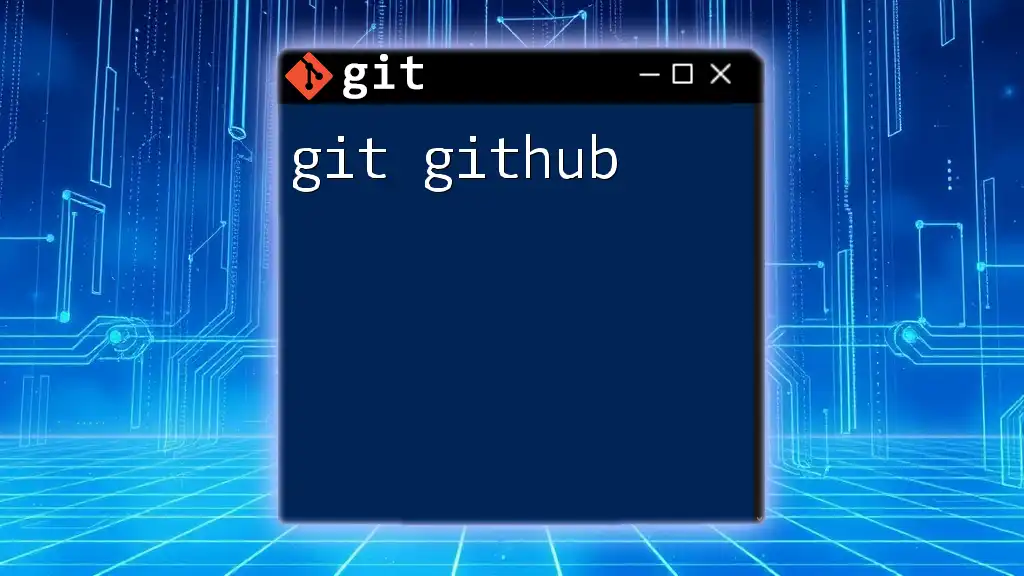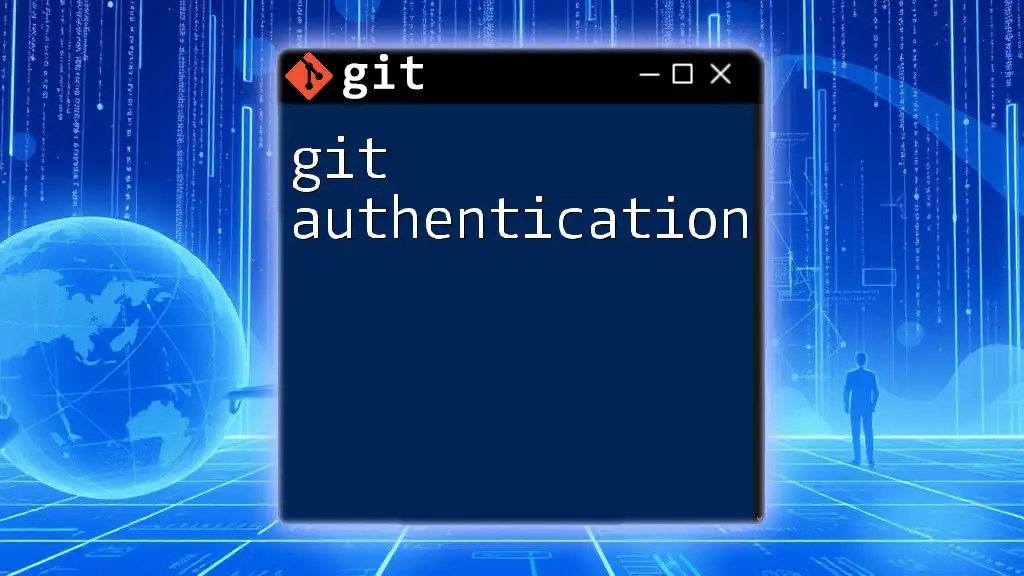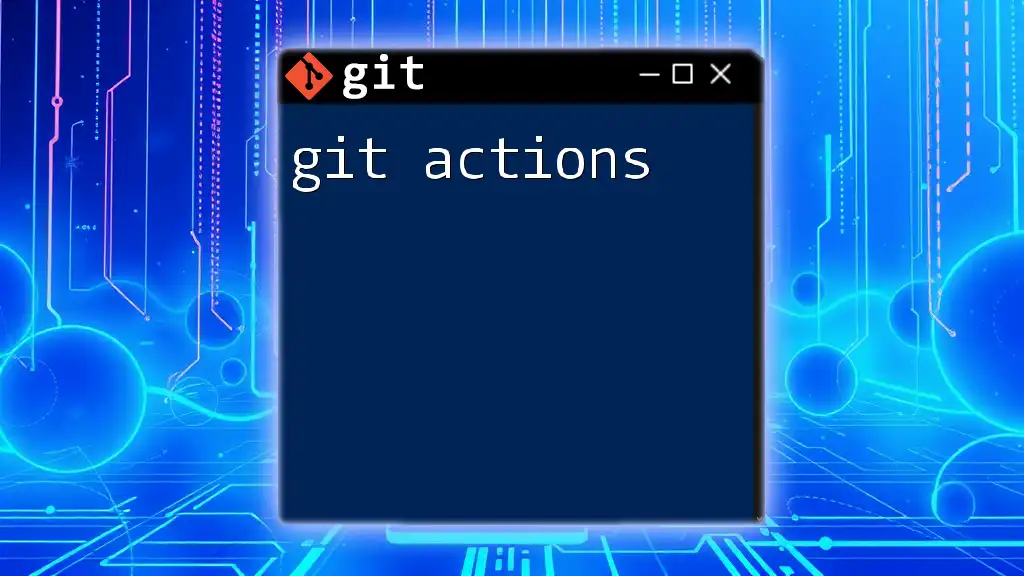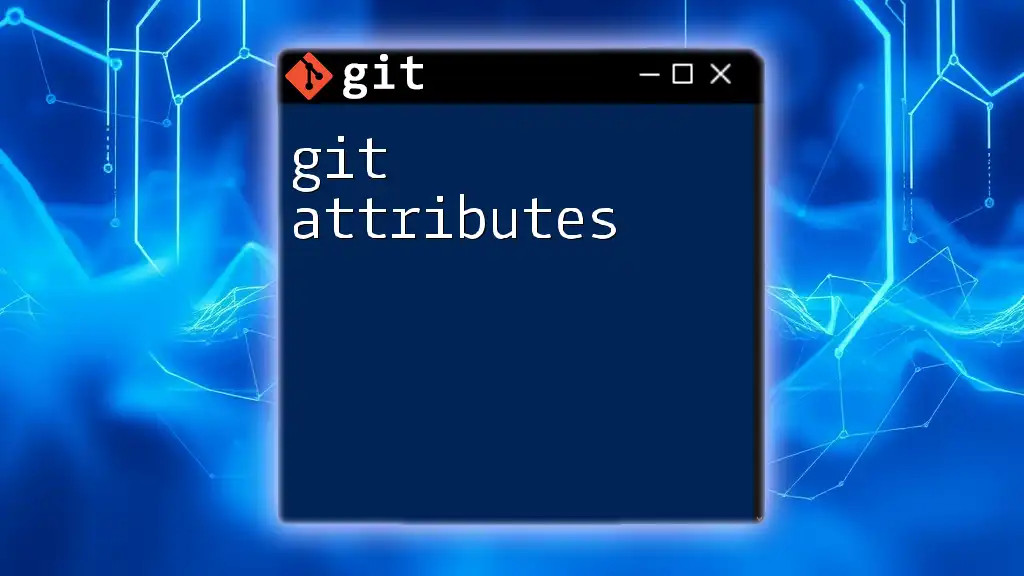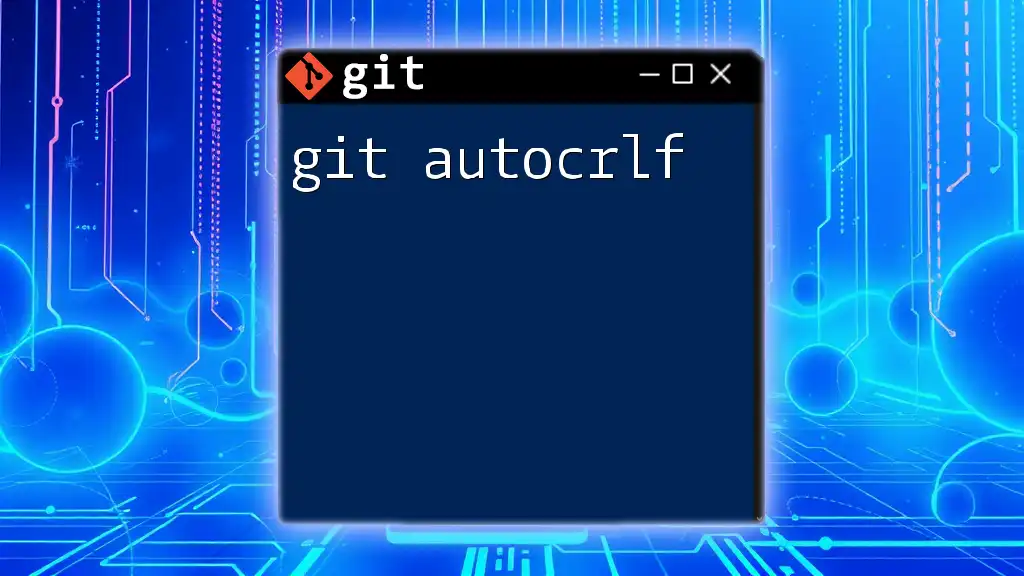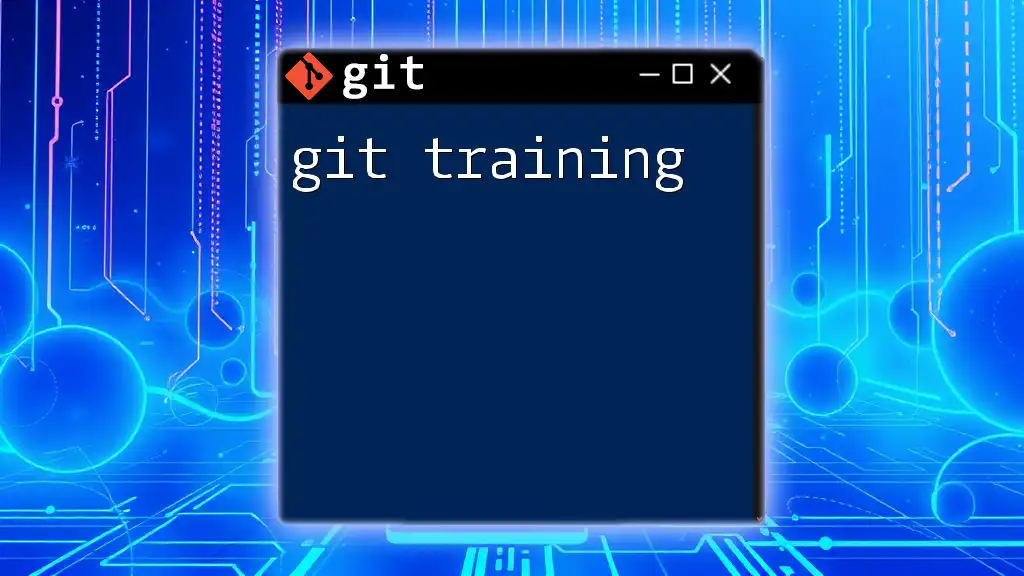The `git graft` command is used to create a temporary association between different branches or commits in a Git repository, essentially allowing you to "graft" a new parent onto an existing commit.
Here’s a code snippet demonstrating how to use `git graft`:
git graft <commit-id> <new-parent-commit-id>
What is Git Graft?
Git graft is a powerful feature within Git that allows developers to manipulate the commit history of their repository. By enabling the attachment of a new parent to an existing commit, git graft serves as an essential tool for organizing and clarifying commit relationships in projects. This is particularly useful when a commit was made on a different branch that now needs to be re-associated with another branch or commit.
When to Use Git Graft?
One of the primary use cases for git graft is when you need to merge unrelated histories. For example, if two projects converge and you'll want to ensure that historical context remains clear, grafting can help. Other scenarios include:
- Reorganizing Commit Histories: If the main project undergoes significant structural changes and certain commits are misplaced.
- Merging Features from Different Branches: In cases where branches diverged significantly and you want to preserve the relationship between certain commits.
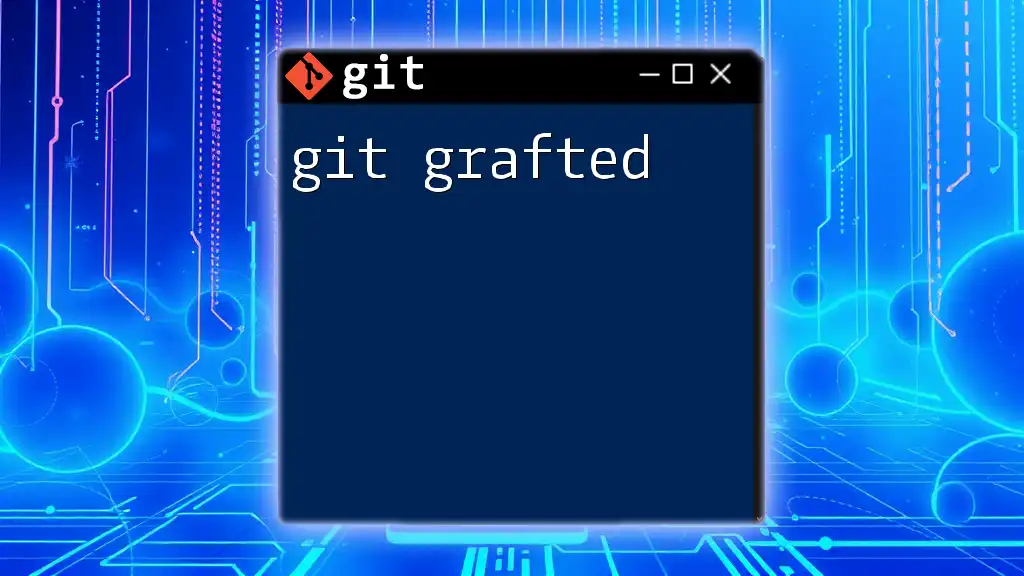
Understanding Git Terminology
To grasp the concept of git graft, it’s important to familiarize yourself with a few key terms in Git:
- Commit: A commit is a snapshot of changes you have made in your files at a certain point in time.
- Branch: This represents different lines of development, split from a parent commit.
- Merge: The process of combining changes from different branches.
- Rebase: This involves changing the base of a branch in your commit history.
Understanding these concepts provides a solid foundation for effectively using git graft.
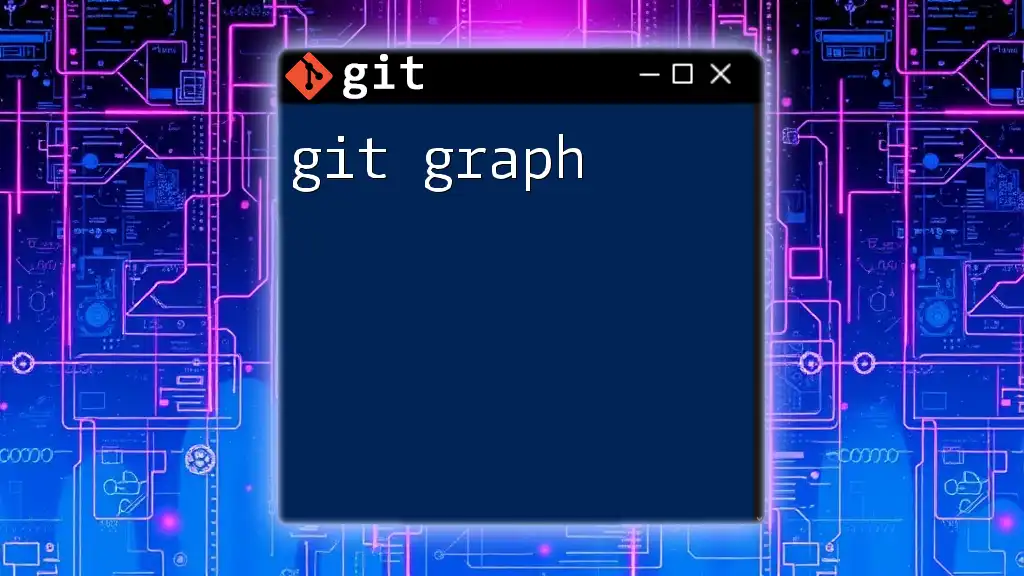
The Graft File
What is the Graft File?
The graft file, located at `.git/graft`, is a hidden file in your repository that holds the mapping of commit IDs to their parent commits. This allows Git to interpret the graph structure of the project's history even if certain parent commits are not reachable by traditional means.
The Structure of the Graft File
The graft file contains a simple format. Each line specifies a commit ID followed by its parent commit IDs, separated by spaces. An example of its structure looks like this:
<commit-id> <parent-commit-id>
For instance, a line like this in the graft file indicates that the commit with ID `abcde1234` has a parent with ID `xyz987654`.
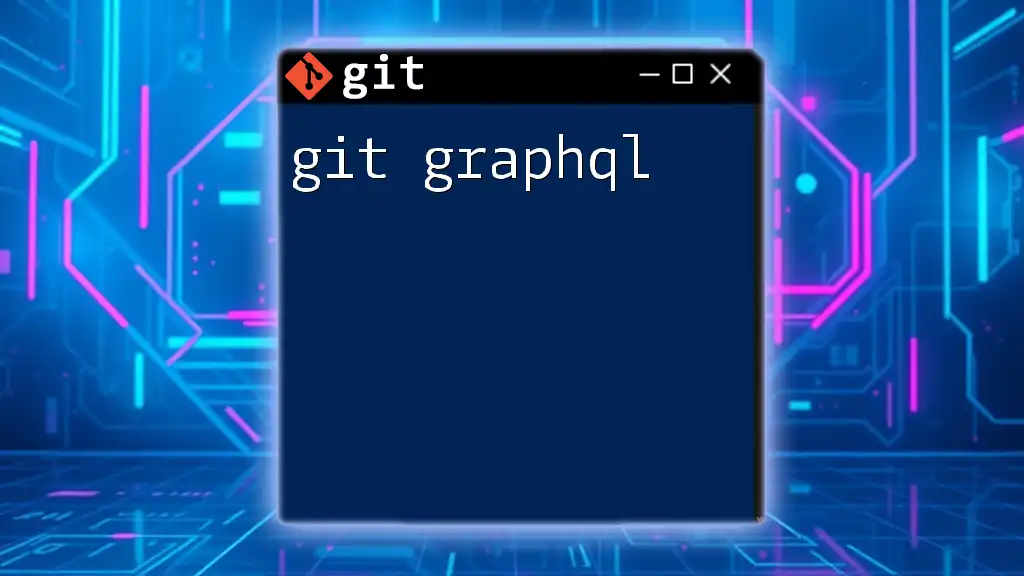
Creating a Graft
Step-by-Step Guide to Creating a Graft
Before creating a graft, ensure that you have identified the appropriate commit IDs that need to be connected. To create and edit a graft file, you'll use a simple command:
echo "<commit-id> <parent-commit-id>" >> .git/grafts
Example: Creating a Graft
Let’s say you have a project with a commit ID `abcde1234`, and you want to add another parent commit `xyz987654`. You would execute:
echo "abcde1234 xyz987654" >> .git/grafts
After executing this command, Git will now recognize `abcde1234` as having `xyz987654` as its parent, effectively altering how the commit history is represented.
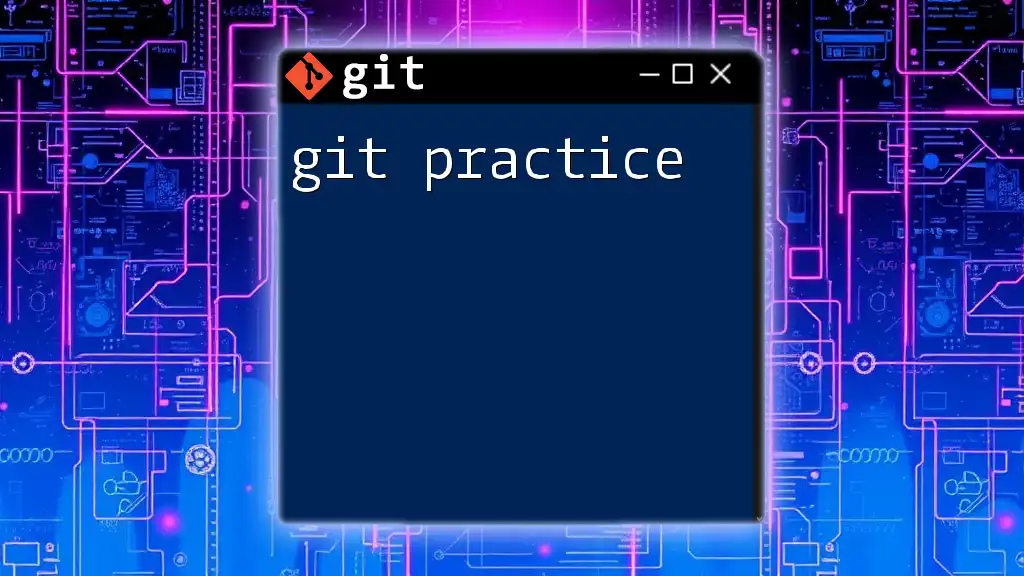
Viewing Graft Effects
How to View Grafted Commits
To see the effects of your grafting, you can utilize the `git log` command. Using the following command will reveal a visual representation of your commit history:
git log --graph --oneline --all --decorate
Understanding Output: Interpreting Grafted Commits
The output of this command will show you a graphical representation of your commit history. You will notice that the grafted commit appears to have a more extensive lineage than it originally had, as it now acknowledges the additional parent. Understanding this output is crucial for maintaining clarity in your project's history.
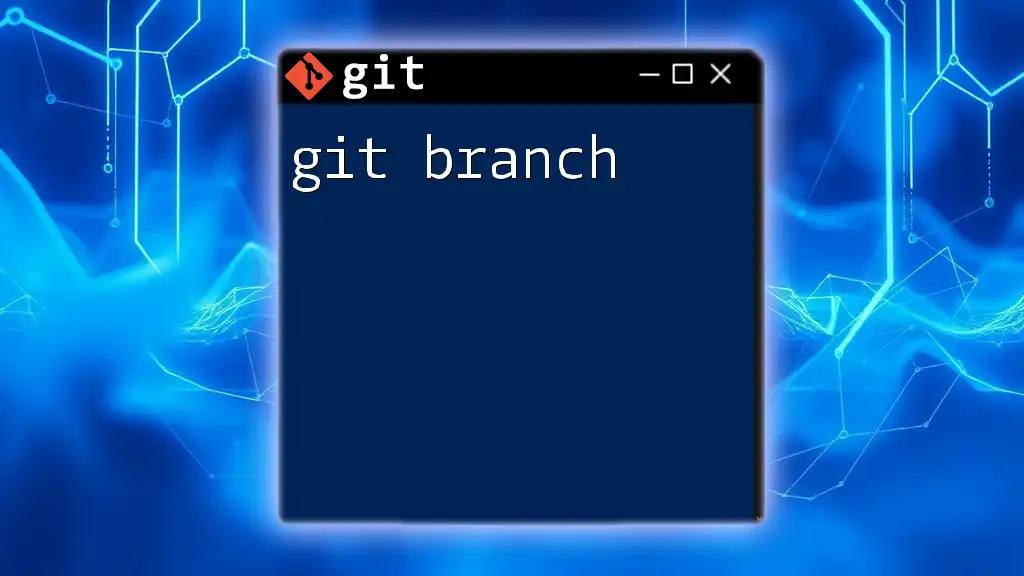
Modifying and Removing Grafts
How to Modify an Existing Graft
If you feel the need to update a graft due to changes in your project's direction, you can do so by editing the graft file directly. To modify the graft entry, you might use a command like:
sed -i 's/old-parent-id/new-parent-id/' .git/grafts
This command will replace the specified old parent ID with the new one in the graft file.
Removing Grafts: Clean-Up Process
Over time, you may find that certain grafts are no longer necessary. To remove a graft entry from your project, execute:
sed -i '/<commit-id>/d' .git/grafts
This command deletes any line containing the specified commit ID from the graft file, cleaning up your commit history.
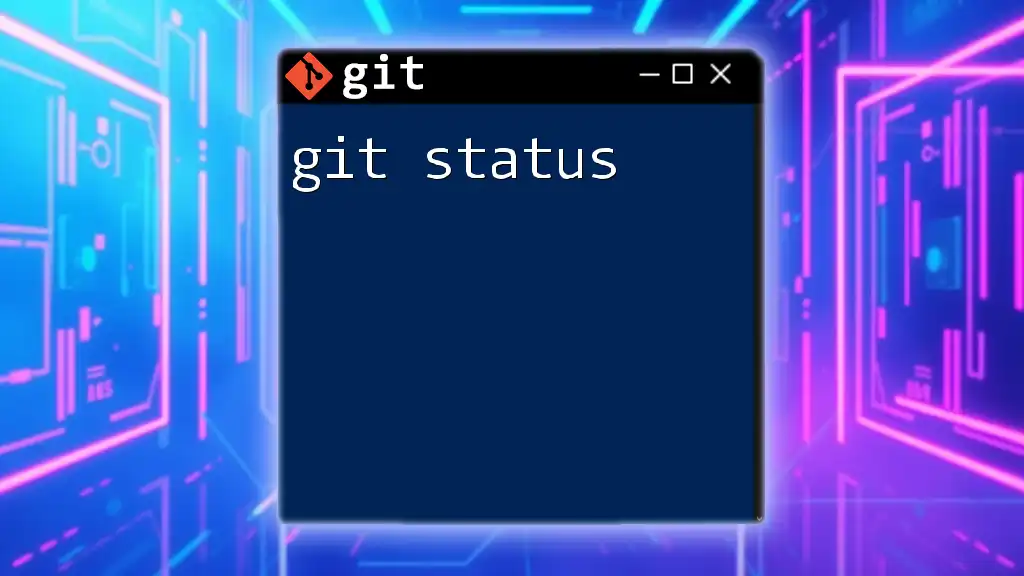
Common Pitfalls and Troubleshooting
Potential Issues When Using Git Graft
When utilizing git graft, there are common pitfalls developers should be cautious of. Misidentifying commit IDs or creating conflicting grafts can lead to confusion down the line. Always double-check the IDs you plan to use and ensure there are no discrepancies in your intended history.
Troubleshooting Graft Issues
If you encounter issues related to grafting, here are some strategies to assist in debugging:
- Check Graft Syntax: Make sure the syntax in your graft file is correct; improper formatting can confuse Git.
- Inspect Commit Relationships: Use `git log` to visually inspect how the graft affects your commit structure.
- Consult Git Documentation: If in doubt, the official Git documentation offers many resources for troubleshooting and best practices.
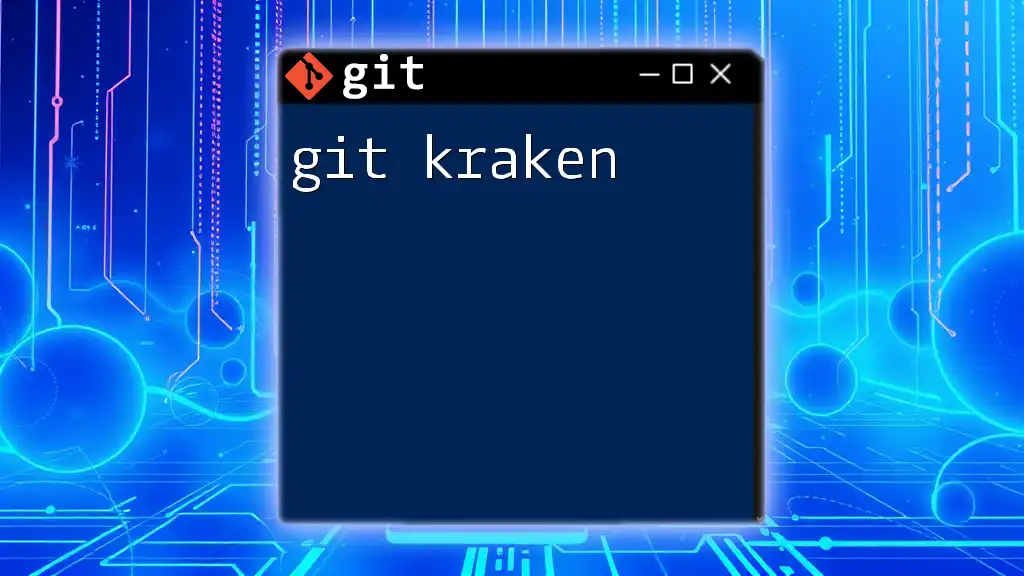
Conclusion
In summary, git graft is a powerful tool that allows developers to redefine commit histories by adding new parent relationships. It aids in maintaining clarity and continuity in projects, especially when merging different branches or histories.
For anyone working with Git, understanding how and when to use grafting can significantly enhance project management strategies while preventing chaos in your commit histories. Dive into practice with this robust feature and keep your development workflow smooth and clear.
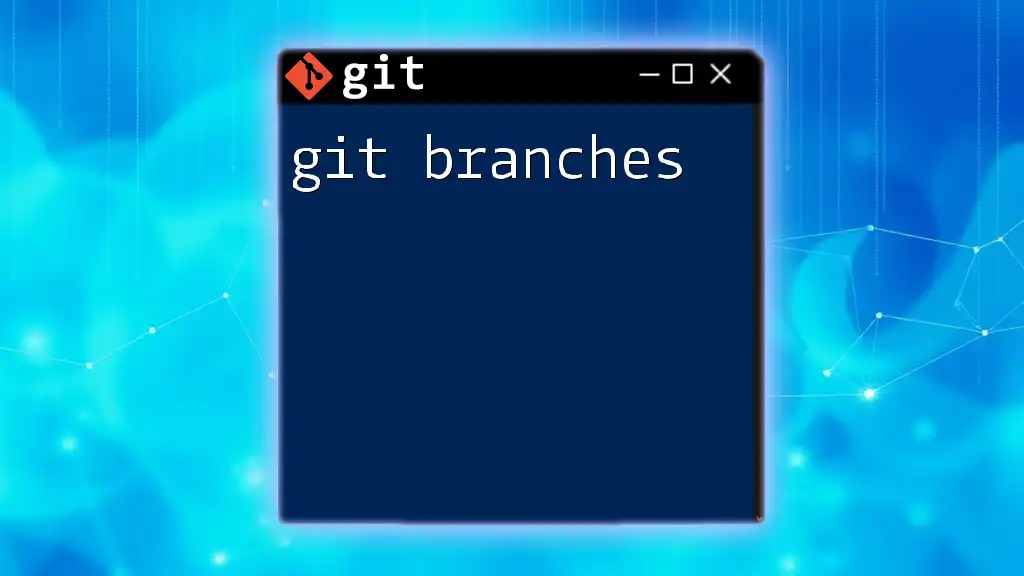
Additional Resources
To deepen your understanding of git graft and Git in general, consider exploring the official Git documentation, online tutorials, and comprehensive courses dedicated to version control and Git workflows.
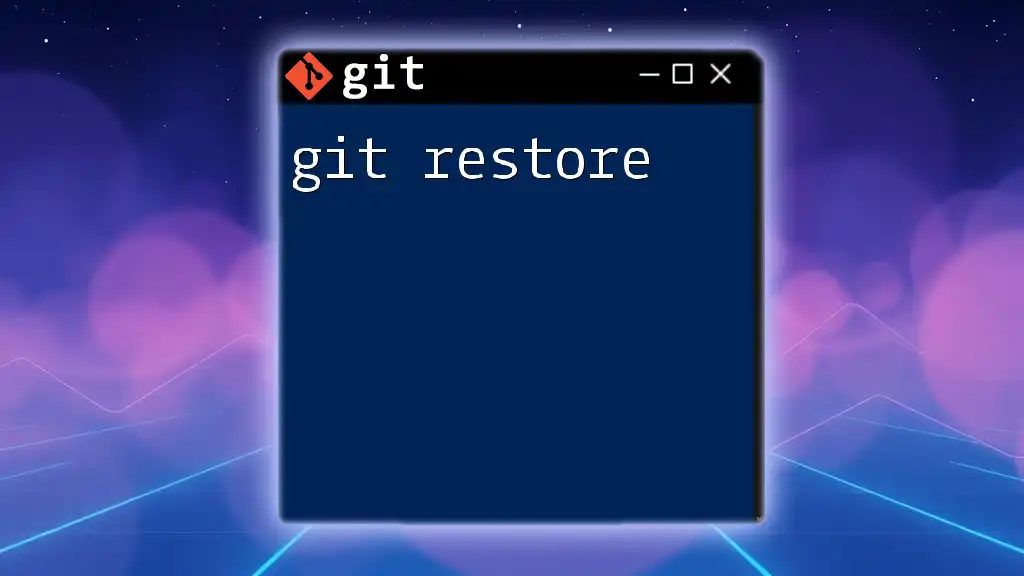
FAQs about Git Graft
What happens if I misuse git graft?
Misusing git graft can lead to confusion in your project's commit history, such as creating misleading relationships between commits. It's important to double-check your commit IDs before adding or modifying grafts.
Can I revert changes made by a graft?
Yes, you can revert changes by removing the graft entry from the `.git/grafts` file, thereby restoring the original commit structure.
Is using git graft suitable for production environments?
While git graft can be useful, it is generally recommended for specific scenarios such as development or merging related histories. Caution should be exercised in production environments to maintain integrity.

